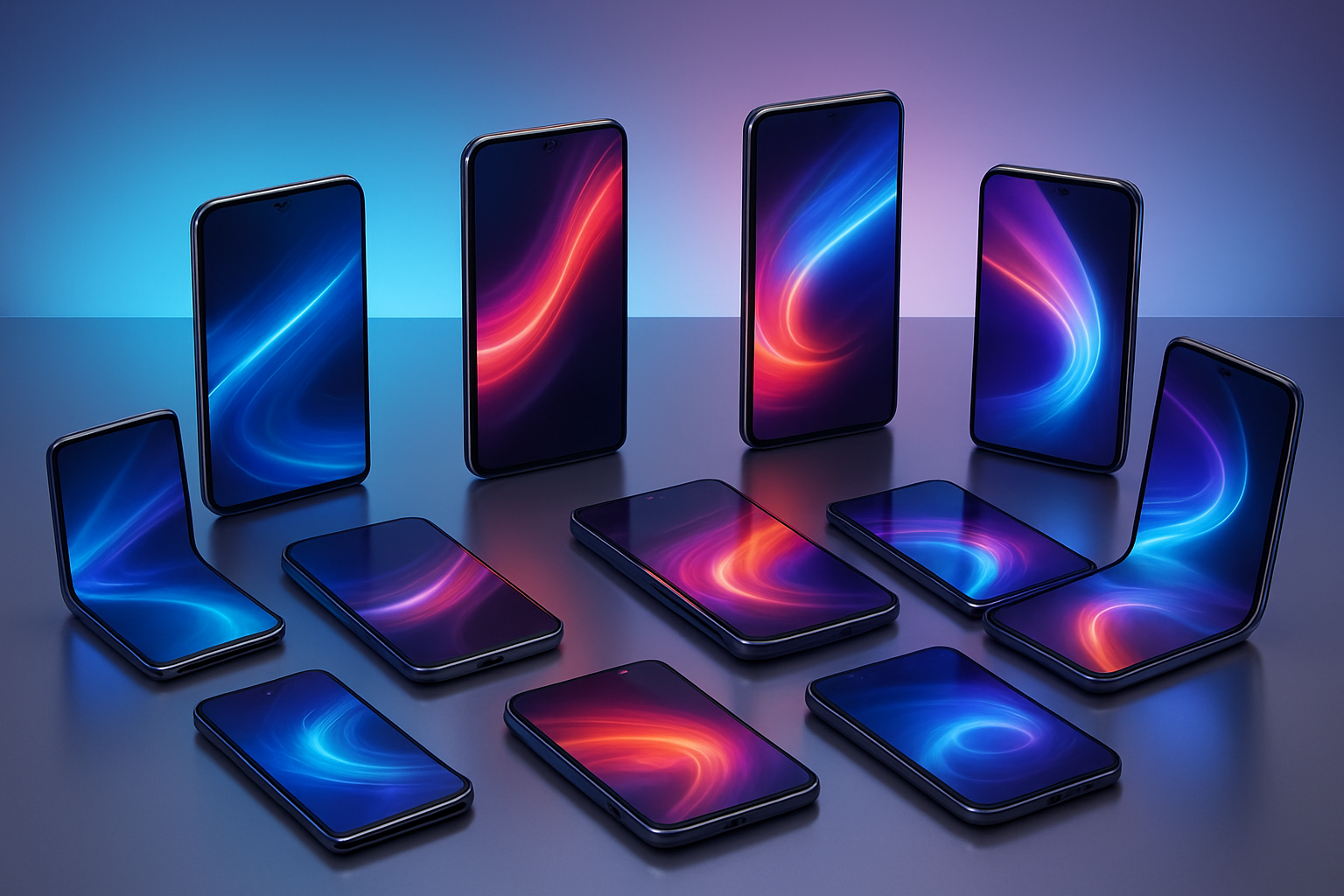Imagine a window that lets sunlight in—and generates electricity at the same time. In 2025, that vision is becoming reality. Transparent solar panels, also known as solar glass, are emerging as a transformative innovation in renewable energy and sustainable design.
What Are Transparent Solar Panels?
Transparent solar panels use advanced materials like organic photovoltaics (OPV) or quantum dots to absorb ultraviolet and infrared light while allowing visible light to pass through. Unlike traditional opaque panels, these solar surfaces blend seamlessly with glass structures, offering energy generation without obstructing the view.
This means a window can now serve two purposes: daylighting and power generation.
How They Work
These panels work by capturing non-visible wavelengths of sunlight and converting that energy into electricity. Because they are designed to be clear, they do not absorb visible light in the same way traditional panels do. While this makes them less efficient in terms of energy output, the trade-off is the ability to integrate solar technology into architecture and everyday surfaces without compromising aesthetics.
Current Applications
Transparent solar technology is now being used in:
- High-rise building windows that power the building’s lighting systems
- Electric vehicle sunroofs that assist with passive battery charging
- Residential windows and balcony railings that supplement energy use
- Tablet and smartphone screens with built-in passive charging
- Public infrastructure like bus stops, glass roofs, and displays
This innovation is ideal for cities and urban areas where space for traditional solar panels is limited.
Companies Leading the Way
Several companies are at the forefront of making transparent solar panels commercially viable:
- Ubiquitous Energy (USA): Focused on solar windows for commercial buildings
- AGC Inc. (Japan): Producing double-glazed solar glass for homes and offices
- Heliatek (Germany): Specializing in flexible organic solar films
- Researchers at MIT and Michigan State University: Advancing material efficiency and cost reduction
These organizations are helping to bring solar glass from labs to rooftops—and now, to windows.
Environmental Impact
By embedding energy generation directly into surfaces we already use, transparent solar panels can drastically reduce the carbon footprint of buildings and transportation. Unlike traditional panels, which are often restricted to rooftops, solar glass allows for widespread adoption across entire structures.
This technology also reduces the need for external power sources in portable electronics and can contribute to net-zero architecture goals without altering building aesthetics.
Limitations
While promising, this technology still faces challenges:
- Lower efficiency (5–10%) compared to traditional solar panels
- Higher initial costs due to newer materials and production methods
- Needs large-scale adoption to reach affordability and widespread deployment
However, ongoing research and investment are expected to overcome these limitations in the coming years.
The Future of Solar Glass
Transparent solar technology represents a shift in how we think about energy generation. Instead of adding bulky hardware to our surroundings, we’re embedding clean energy into the environment itself—quietly, invisibly, and beautifully.
As smart cities evolve and buildings grow taller and more connected, transparent solar panels could become a standard part of modern architecture, enabling cleaner skylines and self-powered environments.
If the future of energy is renewable, then transparent solar might be its most elegant solution yet.




